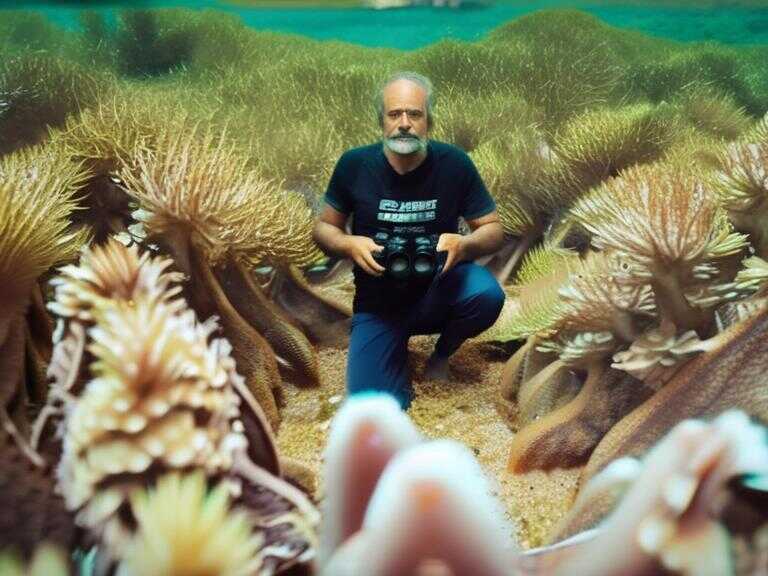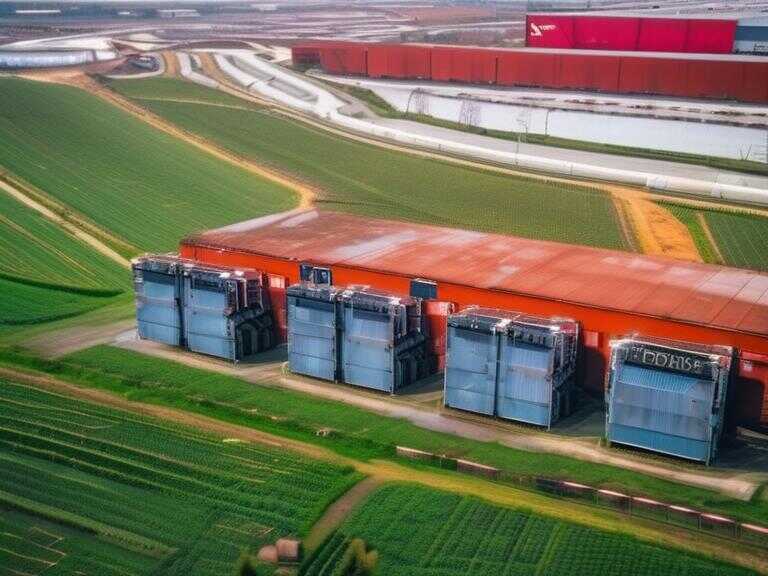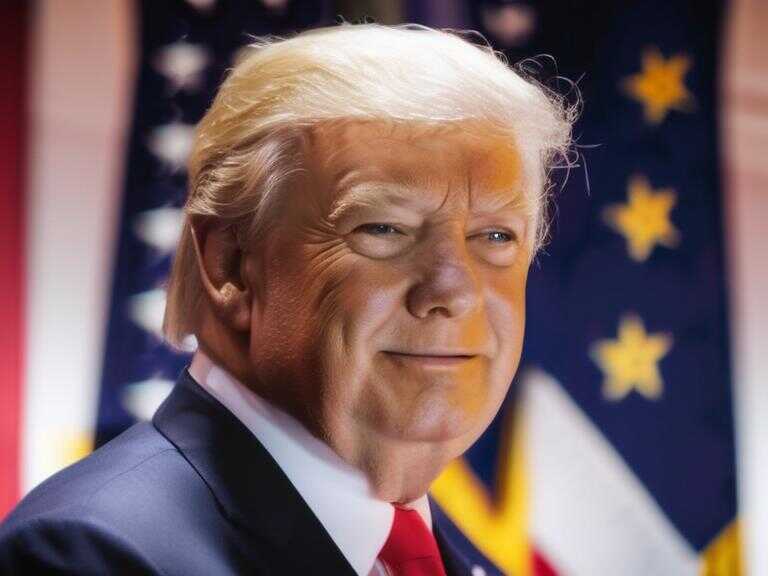
SpaceX Launches Two-Man Crew to International Space Station for Historic Mission
SpaceX launched a two-man crew to the International Space Station with supplies and empty seats for two astronauts waiting to return home after an extended stay in orbit.

SpaceX made a significant leap into space exploration with the successful launch of a two-man crew on a mission to the International Space Station (ISS). The Falcon 9 rocket lifted off from Cape Canaveral Space Force Station at 1:17 p.m. EDT, carrying NASA astronaut Nick Hague and Russian cosmonaut Alexander Gorbunov. The mission also included supplies and two empty seats for Starliner astronauts who had been stranded in orbit.
SpaceX launches two to space station
Originally scheduled for an earlier date, the launch was postponed due to adverse weather conditions caused by Hurricane Helene, leading to a two-day delay. However, once the weather cleared, the Falcon 9 rocket soared into the sky, heading towards the ISS. This marked a historic moment as it was the first piloted space flight from the Space Force Station since the early days of the Apollo moon program, and the inaugural SpaceX crewed mission departing from this location.
A New Chapter in Space Travel
The crewed mission comprised Nick Hague, a seasoned NASA astronaut, and first-time flier Alexander Gorbunov. The original Crew 9 composition was altered to accommodate Starliner commander Barry 'Butch' Wilmore and pilot Sunita Williams, who are set to return to Earth in February.
Historical Significance
This launch signified a remarkable milestone not only for SpaceX but also for the broader landscape of space travel. SpaceX had previously conducted 14 successful crewed Dragon missions from the Kennedy Space Center, but launching from the Space Force Station was a pioneering endeavor. The Falcon 9 rocket's ascent was closely monitored, with the first stage successfully returning to land at the Space Force Station seven minutes and 40 seconds post-launch.
Upcoming Rendezvous with the ISS
The Crew Dragon was slated to embark on a 28-hour journey to rendezvous with the ISS, with the docking expected to occur at the lab's forward port at 5:30 p.m. Sunday. Following their arrival, Hague and Gorbunov will join Wilmore and Williams, who have been aboard the ISS since June. This exchange of crew members is a routine procedure aimed at maintaining a continuous human presence on the station, highlighting the commitment to sustained space exploration.
Mission Duration
The mission was initially anticipated to last eight to ten days, but a series of technical challenges prompted NASA to expedite the return of the Starliner without its crew. Consequently, the decision was made to send the Crew 9 Dragon with only two of the original crew members, enabling the return of Wilmore and Williams to Earth at the mission's conclusion in February. By the time they touch down, the duo will have accumulated over 262 days in space, underscoring the demanding nature of long-duration missions in a microgravity environment.
The Human Element of Space Exploration
Despite the adjustments to the crew, Hague emphasized that the essence of the mission remained largely unchanged. Over the past two and a half decades, the primary objective has been to conduct research aboard the ISS, a goal that transcends individual crew members. However, the transition from a four-member crew to a two-member team, along with Hague's transition from pilot to mission commander, presented unique challenges that required meticulous coordination and training.
Adapting to New Roles
Hague acknowledged the necessity of integrating Wilmore and Williams into the Dragon operations, despite their limited training prior to launch. The collaboration between the ground teams and the incoming crew was emphasized as a top priority to ensure a seamless transition and effective cooperation once aboard the Dragon).
Gorbunov's participation in the Crew 9 Dragon was made possible through a contractual arrangement between NASA and Roscosmos to ensure balanced representation aboard the ISS. While Gorbunov is not trained as a Crew Dragon pilot, his role during the launch phase was to provide support to Hague. This international collaboration underscores the shared commitment of the United States and Russia to maintaining a continuous human presence on the ISS, regardless of unforeseen circumstances that may require a rapid retorno to Earth.
The successful launch of the Crew 9 Dragon marks a significant achievement in space exploration, showcasing the resilience and adaptability of space agencies and astronauts in the face of challenges. As the crew embarks on their journey to the IES, they carry with them the aspirations of humanity's quest for knowledge and understanding beyond our planet.
Share news















